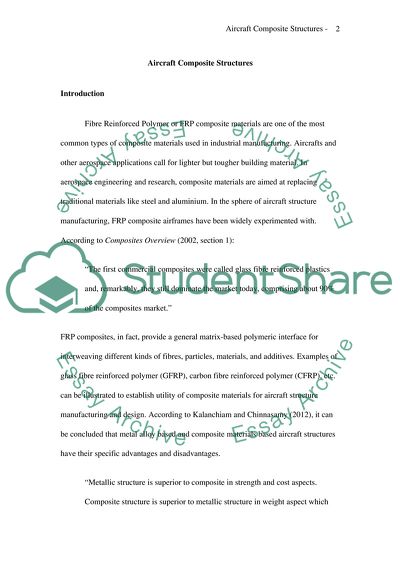Cite this document
(Aircraft Composite Structures Research Paper Example | Topics and Well Written Essays - 1750 words, n.d.)
Aircraft Composite Structures Research Paper Example | Topics and Well Written Essays - 1750 words. https://studentshare.org/engineering-and-construction/1848852-aircraft-composite-structures
Aircraft Composite Structures Research Paper Example | Topics and Well Written Essays - 1750 words. https://studentshare.org/engineering-and-construction/1848852-aircraft-composite-structures
(Aircraft Composite Structures Research Paper Example | Topics and Well Written Essays - 1750 Words)
Aircraft Composite Structures Research Paper Example | Topics and Well Written Essays - 1750 Words. https://studentshare.org/engineering-and-construction/1848852-aircraft-composite-structures.
Aircraft Composite Structures Research Paper Example | Topics and Well Written Essays - 1750 Words. https://studentshare.org/engineering-and-construction/1848852-aircraft-composite-structures.
“Aircraft Composite Structures Research Paper Example | Topics and Well Written Essays - 1750 Words”. https://studentshare.org/engineering-and-construction/1848852-aircraft-composite-structures.


